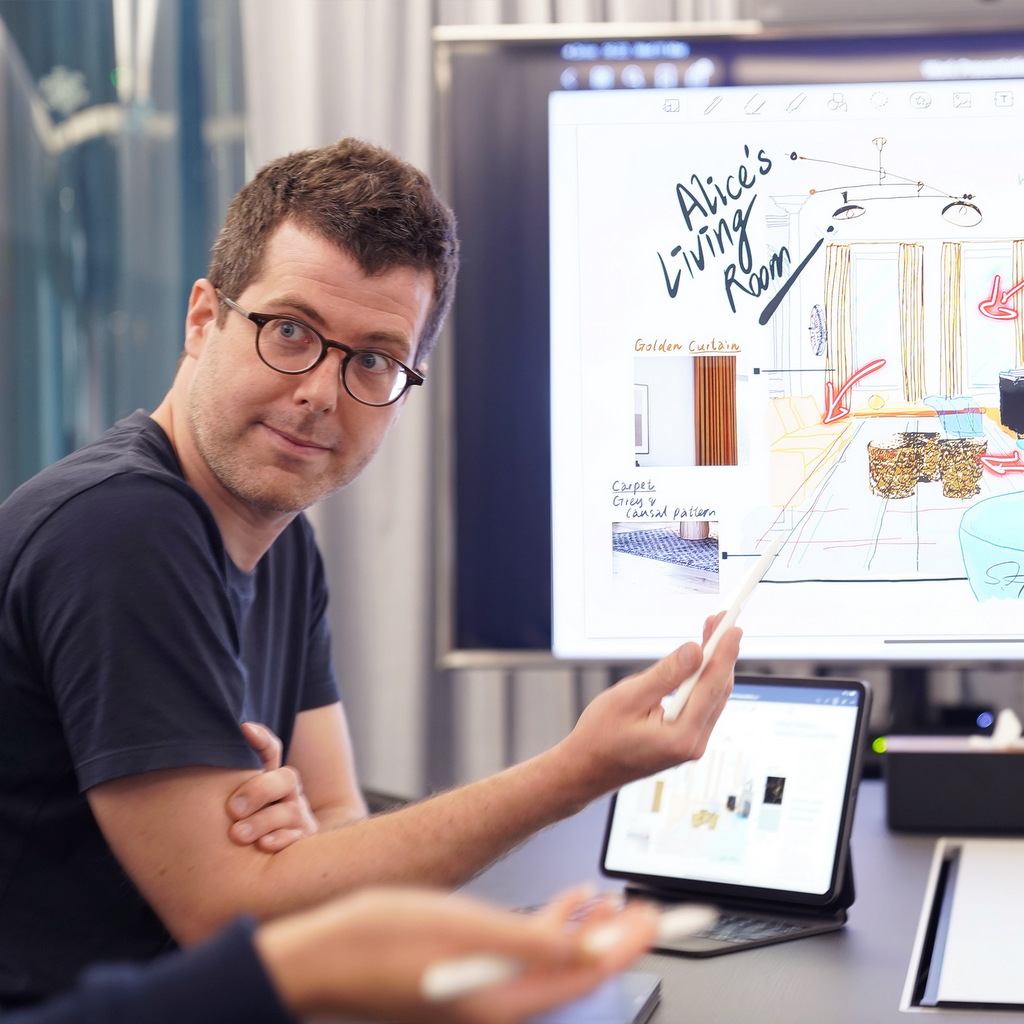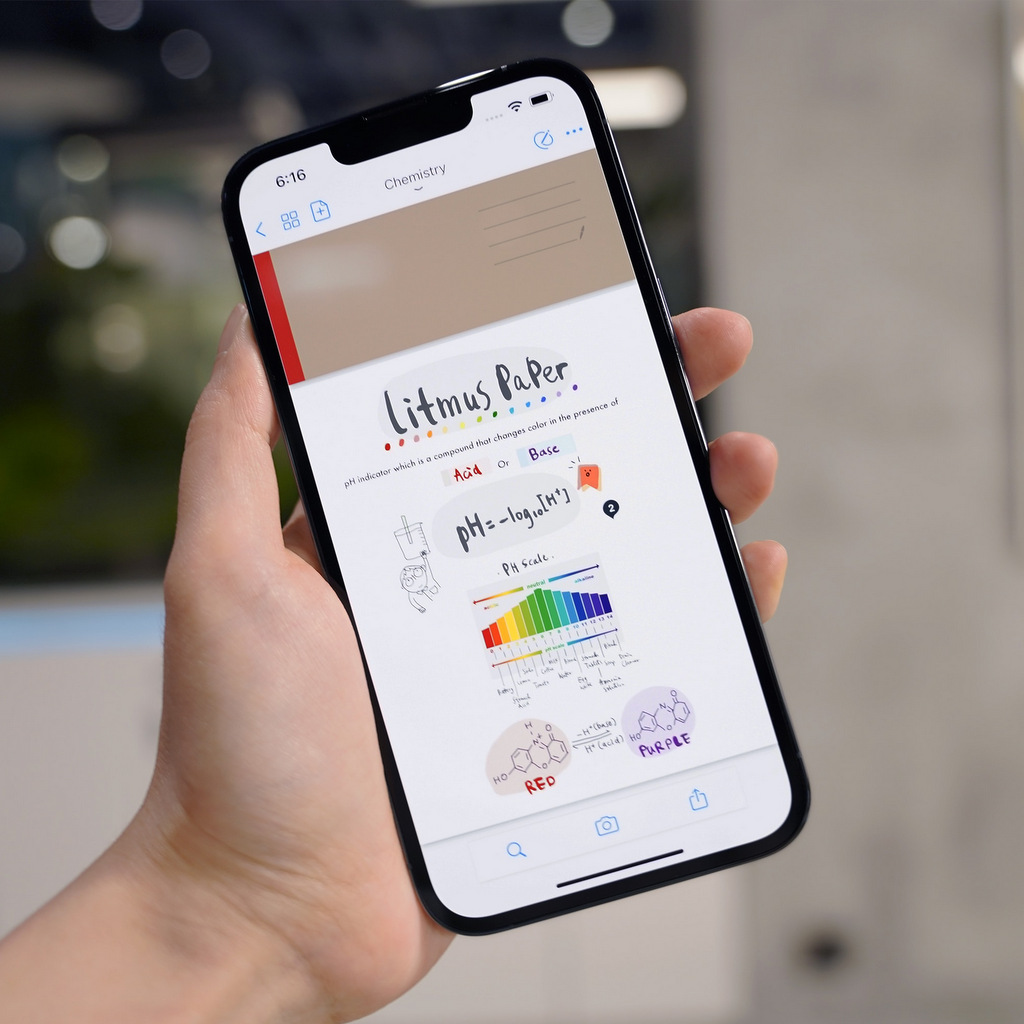Top 10 Tips for Creating Engaging and Visually Appealing Presentations
What are Some Tips for Creating Engaging and Visually Appealing Presentations?
Presentations are an integral part of academic life, whether you’re a student, professor, or researcher. They serve as a means to communicate your ideas, research findings, or project outcomes effectively to your audience. However, crafting visually appealing presentations that engage and captivate your audience can be a challenging task. In this comprehensive guide, we will explore the art of creating engaging and visually appealing presentations, tailored to the needs of tertiary-level students and advanced readers.
Presentations are more than just slides filled with text and bullet points. They are a powerful medium for conveying complex information and making it accessible to a wider audience. To achieve this, we need to delve into various aspects, from design principles to content structuring, and even the critical process of peer review.
10 Key Aspects, Design And Content Structuring
#1 Design Principles for Visual Appeal
Creating visually appealing presentations starts with design. The layout, colour scheme, typography, and visual elements all play a significant role. Following design principles, such as balance, contrast, alignment, and consistency, can help in creating presentations that are not only aesthetically pleasing but also easy to understand.

Creating visually appealing presentations is an art form that begins with the fundamental aspect of design. It’s not just about aesthetics; it’s about how your audience perceives and retains information. Think of your presentation as a canvas where the layout, colour scheme, typography, and visual elements all contribute to the overall experience. Consider how these design elements can work together harmoniously to convey your message effectively.
When we talk about design principles, we delve into concepts like balance, contrast, alignment, and consistency. Balance ensures that your elements are distributed evenly across the slides, avoiding clutter. Contrast makes important points stand out, guiding your audience’s attention. Alignment provides a sense of order and makes your content easier to follow. Consistency ties everything together, creating a cohesive visual identity for your presentation. These principles are not just for aesthetics; they make your content more digestible and understandable.
#2 Content Structuring
The organisation of content is key to keeping your audience engaged. A clear and logical structure, often following the classic introduction-body-conclusion pattern, helps your audience follow your narrative. Subdivide complex topics into manageable sections with headings and bullet points to enhance comprehension.
The organisation of your content is not just a matter of convenience; it’s the backbone of engagement. Imagine your presentation as a journey, and your audience as travellers. To keep them engaged, you need a clear and logical structure. The classic introduction-body-conclusion pattern works because it provides a roadmap for your audience.
But don’t stop there; break down complex topics into manageable sections. Use headings and bullet points to guide your audience through the narrative. Each section should flow naturally into the next, creating a seamless and comprehensible experience. Structuring your content in this way ensures that your audience stays with you every step of the way.
#3 Visual Elements and Multimedia
Incorporating images, videos, and infographics can make your presentation more dynamic and engaging. Visuals help in conveying information more effectively than text alone. However, ensure that your visuals are relevant and support the key points of your presentation.
Incorporating visuals into your presentation can transform it from mundane to memorable. Images, videos, and infographics are not just decorations; they are powerful tools for conveying information. When used strategically, visuals can enhance comprehension and engagement.
However, the key is relevance. Every visual element should support your presentation’s key points. Visuals should clarify and reinforce your message, not confuse or distract your audience. Select images, videos, or infographics that resonate with your content and enhance the understanding of your topic.
#4 Data Presentation
For academic presentations, data is often central. Visualising data through charts, graphs, and tables can make complex information more digestible. Always provide clear labels and explanations for your data to avoid confusion.
In the realm of academic presentations, data often takes centre stage. But presenting data doesn’t have to be a daunting task. Charts, graphs, and tables can be your allies in making complex information digestible. However, remember that clarity is paramount. Ensure that your data visualisations have clear labels and explanations. Your audience should instantly understand what they are looking at and its significance. Avoid overwhelming your audience with too much data; focus on the key points and trends that support your narrative.

#5 Storytelling Techniques
Effective storytelling can transform a dry presentation into a captivating narrative. Craft your presentation as a story, with a clear beginning, middle, and end. Share anecdotes, real-world examples, or case studies to illustrate your points and make your content relatable.
Every great presentation is, at its core, a story. Storytelling transcends the mere conveyance of information; it engages emotions and makes your content relatable. Craft your presentation like a narrative, complete with a beginning, middle, and end.
Share anecdotes, real-world examples, or case studies to illustrate your points. By weaving these stories into your presentation, you humanise your content and create connections with your audience. People remember stories far better than dry facts and figures.
#6 Engaging the Audience
Engaging your audience goes beyond the visuals; it involves interaction. Encourage questions, discussions, or polls during your presentation to keep your audience involved. This interaction not only fosters engagement but also helps in gauging your audience’s understanding.
Engaging your audience is more than just a desire; it’s a necessity. It goes beyond the visual aspects and dives into the realm of interaction. Encourage questions, discussions, or polls during your presentation to maintain active engagement.
This interaction serves a dual purpose. It keeps your audience interested and fosters a sense of participation. Furthermore, it helps you gauge your audience’s understanding of your material. By addressing questions and concerns in real-time, you can ensure that your message is getting across effectively.
#7 Rehearsal and Timing
Practice makes perfect. Rehearse your presentation multiple times to become comfortable with the material and timing. Keep your presentation within the allotted time to avoid overwhelming your audience.
“Practice makes perfect” couldn’t be more true when it comes to visually appealing presentations. Rehearse your presentation multiple times. This isn’t about memorisation; it’s about becoming comfortable with your material and timing. Knowing your content inside out allows you to deliver it confidently and coherently.
Timing is another crucial aspect. Respect your audience’s time by staying within the allotted duration. An overly long presentation can overwhelm and lose your audience’s interest. Conversely, a presentation that ends abruptly can leave important points unaddressed. Strive for a well-paced and well-timed delivery.
#8 Peer Review
Peer review is a critical aspect of academic presentations. It involves having your presentation evaluated by colleagues or mentors before the actual presentation. This process helps identify potential issues, provides constructive feedback, and improves the overall quality of your presentation.
Peer review is the secret weapon of effective visually appealing presentations. It’s the process of having your presentation evaluated by colleagues or mentors before the actual presentation. This invaluable step helps identify potential issues, provides constructive feedback, and ultimately improves the overall quality of your presentation. Through peer review, you gain fresh perspectives and catch mistakes or gaps in your content that you might have missed. It’s a collaborative approach to enhancing your presentation and ensuring that it resonates with your audience.

#9 Accessibility and Inclusivity
Consider the diverse needs of your audience, including those with disabilities. Ensure that your presentation is accessible by using alt text for images, providing transcripts for videos, and using readable fonts and colour schemes.
In today’s diverse world, it’s essential to consider the needs of all your audience members, including those with disabilities. Making your presentation accessible is not just a matter of compliance; it’s a matter of inclusivity and respect.
Include alt text for images to assist those with visual impairments. Provide transcripts for videos to accommodate those with hearing impairments. Use readable fonts and consider colour schemes that are friendly to individuals with colour blindness. By prioritising accessibility, you ensure that your message reaches everyone.
#10 Technology and Tools
Leverage presentation software and tools that enhance your design capabilities and offer interactive features. Familiarise yourself with software like PowerPoint, Keynote, or Google Slides, and explore plugins or add-ons that can elevate your presentations.
Modern technology offers a wealth of tools and software to elevate your presentation game. Presentation software like PowerPoint, Keynote, or Google Slides provides a robust foundation for your design. However, don’t stop there. Explore plugins and add-ons that can enhance your presentations further. Interactive features, animations, and collaboration tools can take your presentation to the next level. Familiarise yourself with these technological aids to harness their full potential in creating captivating, visually appealing presentations.
Key Takeaways For Visually Appealing Presentations
- Master Design Principles: Embrace design principles like balance, contrast, alignment, and consistency to create slides for visually appealing presentations.
- Organise Your Content: Structure your presentation logically, breaking it down into sections with clear headings.
- Leverage Visuals: Use relevant images, videos, and infographics to enhance your message.
- Present Data Effectively: Visualise data with charts and graphs, ensuring clarity and context.
- Tell a Story: Craft your presentation as a narrative with engaging anecdotes and real-world examples.
- Interact with Your Audience: Encourage questions and discussions to keep your audience engaged.
- Practice and Time Yourself: Rehearse your presentation and stay within your allotted time.
- Seek Peer Review: Obtain feedback from peers or mentors to improve your presentation’s quality.
- Prioritise Accessibility: Make your presentation accessible to all, considering diverse needs.
- Utilise Technology: Explore presentation software and tools to enhance your design and interactivity.
Create Visually Appealing Presentations That Leave a Lasting Impression
Creating engaging and visually appealing presentations is a skill that can greatly enhance your academic and professional success. By following design principles, structuring your content effectively, incorporating visuals and multimedia, and engaging your audience through storytelling and interaction, you can create presentations that leave a lasting impression.
Remember that peer review is a crucial step in the presentation creation process. Seeking feedback from others can help you refine your content and ensure it effectively communicates your message. Additionally, prioritise accessibility to make your presentations inclusive to all.
In today’s digital age, technology plays a vital role in presentation design. Familiarise yourself with presentation software and tools to unlock their full potential. By implementing these tips and continuously refining your presentation skills, you’ll be well on your way to becoming a master of the art of visually appealing presentations.
Useful Resources
Way With Words – Website: https://waywithwords.net/services/transcription-services. Way With Words offers professional transcription services, ensuring accurate and reliable transcripts for your academic research presentations.
TED Talks – Website: https://www.ted.com/. TED Talks feature some of the world’s most engaging speakers. Analyse their presentations to learn from the best.
Prezi – Website: https://prezi.com/. Prezi is an alternative to traditional slide-based presentations, allowing for more dynamic and engaging storytelling.
Engage with these resources to further enhance your presentation skills and stay up-to-date with the latest trends in presentation design.
